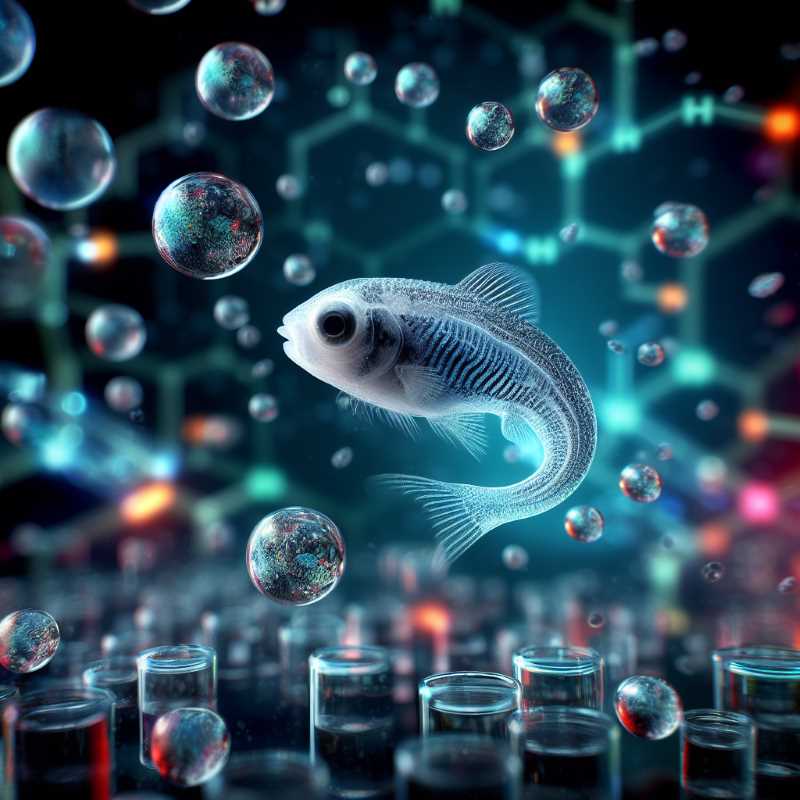How Zebrafish Detect the Presence of Water Contaminants
UNAM researcher Denhí Schnabel Peraza uses zebrafish embryos as biosensors to study emerging contaminants in water, such as carbamazepine. Collaborating with experts, she seeks solutions to mitigate the environmental impact and urges a broader approach to water treatment standards.

In a groundbreaking endeavor, Denhí Schnabel Peraza, a PhD candidate in Biomedical Sciences at UNAM, is delving into the realm of water contaminants known as organic micropollutants or emerging contaminants. These pollutants, once overlooked, are now under the scientific spotlight due to their potential impact on aquatic ecosystems.
Previous research has highlighted their role as endocrine disruptors, causing imbalances in gender ratios among wild fish populations. Interestingly, these contaminants are not only confined to industrial effluents but can be traced back to everyday products such as drugs, epoxy resins, polycarbonate plastics, and even common household items like toothpaste and cosmetics.




